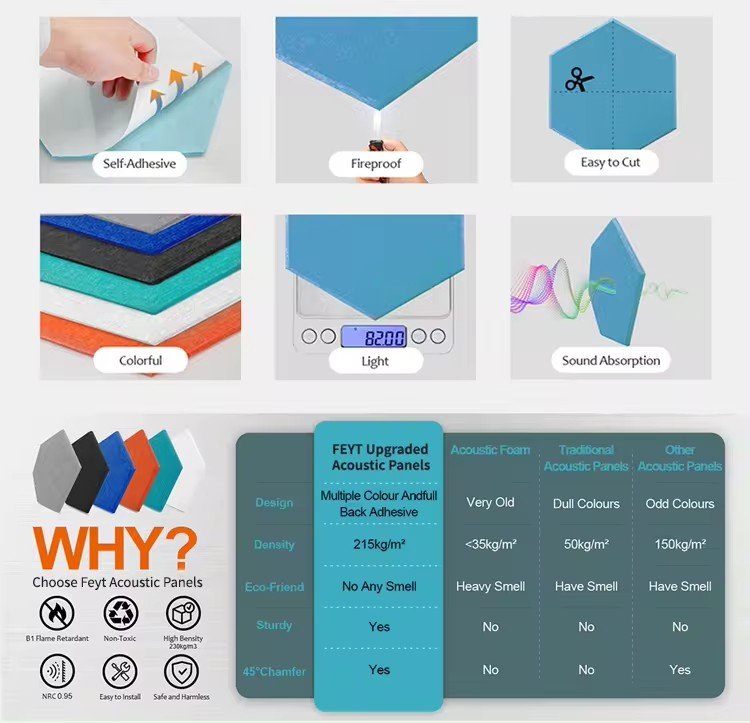The Beauty and Utility of Wooden Cladding
Wooden cladding, often overlooked in modern architecture, has been making a remarkable comeback in recent years. This traditional material, rich in aesthetics and functionality, not only enhances the beauty of buildings but also serves practical purposes that can significantly contribute to sustainable construction practices. In this article, we will delve into the various aspects of wooden cladding, discussing its benefits, types, maintenance, and applications in contemporary design.
Aesthetic Appeal
One of the primary reasons architects and homeowners gravitate towards wooden cladding is its undeniable beauty. The natural warmth and texture of wood create an inviting atmosphere that is hard to replicate with synthetic materials. Different species of wood, each with its unique color and grain pattern, can be selected to achieve the desired look and feel of a structure. Whether it is the rustic charm of cedar, the rich hues of mahogany, or the sleek lines of oak, wooden cladding offers a diverse palette for creativity in design.
Moreover, wooden cladding can seamlessly blend into the natural surroundings, mitigating the visual impact of buildings on the landscape. When properly selected and installed, it can enhance the character of a building while respecting the environment. This is particularly important in eco-conscious communities where harmony with nature is paramount.
Environmental Benefits
In addition to its aesthetic advantages, wooden cladding is also an environmentally friendly option compared to many synthetic alternatives. When sourced sustainably, wood provides a renewable resource that can contribute to a lower carbon footprint. Unlike aluminum or concrete, which require significant energy in production, wood is a naturally occurring material that, when managed correctly, can be harvested with minimal ecological disruption.
Using wood for cladding also contributes to energy efficiency. Wood has excellent thermal insulation properties, which can help maintain a comfortable indoor climate, reducing the reliance on heating and cooling systems. This not only cuts energy bills but also aligns with broader initiatives for reducing carbon emissions in the building industry.
wooden cladding

Variety of Options
Wooden cladding comes in various styles and techniques, allowing for a broad range of applications. Some common types include horizontal or vertical planks, shingles, and batten systems. Each style contributes a distinct aesthetic, enabling architects to play with visual proportions and rhythms.
Moreover, wooden cladding can be treated for durability, making it suitable for exterior applications. Pressure treatments, stains, and finishes can enhance resistance to weather, insects, and rot, extending the lifespan of wooden cladding significantly. Popular species, such as cedar and redwood, boast natural resistance to decay, further ensuring longevity.
Maintenance Considerations
Despite wood's charm and warmth, potential buyers should consider the maintenance required. Wooden cladding may be susceptible to weathering, fading, and pest incursions, necessitating regular maintenance. Routine inspections, cleaning, and the application of protective finishes are essential to maintain its appearance and durability.
However, the maintenance burden is often worth the payoff in beauty and performance. Many homeowners appreciate the rich, evolving patina that wood develops over time, enhancing its character and uniqueness. Additionally, advancements in product technology have led to the development of low-maintenance wood treatments that significantly reduce the effort required in upkeep.
Conclusion
In conclusion, wooden cladding presents a myriad of benefits that can enhance both the aesthetic and functional aspects of a building. Its natural beauty, environmental advantages, variety of options, and sustainable properties make it a compelling choice for modern architecture. While maintenance is a consideration, the rewards of choosing wooden cladding are often well worth the effort. As more designers and homeowners look for ways to create beautiful, functional, and environmentally friendly structures, wooden cladding stands out as a timeless and versatile choice that honors traditional craftsmanship while fitting into contemporary design paradigms.
